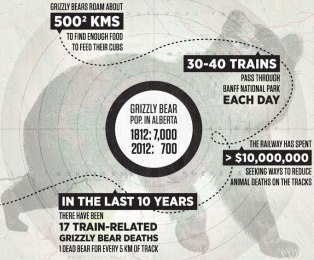Digital storytelling, or a multimedia story, is an interactive and nonlinear display of complimentary video clips, pictures, text, graphics, and audio. The main characteristics of a multimedia story is that it must be presented in a non-linear format and that the multimedia elements must bring complimentary, as opposed to redundant, information. To further explain, a nonlinear format means you can start reading the story from any point and still understand it. In contrast, a linear format means you must read the story from top to bottom to comprehend it. Complimentary information means that every element of the story brings new information to it, thus complimenting it, rather than merely reinforcing what the text explains.
- A multimedia story
- A story with multimedia elements
In comparison, stories on The New York Times, The Washington Post, CNN and other multimedia websites, are simply normal stories with multimedia elements. It does not matter how many multimedia elements these stories include; what’s important is that they are presented in a linear format and that their elements provide redundant information. You can think of them as being similar to newspaper articles that use pictures to help explain the text. In fact, the blogpost you are currently reading is an example of a story with multimedia elements because it must be read from top to bottom and incorporates pictures and videos to show visuals of the information that’s already written in the text.
Multimedia stories provide a few benefits that other stories can’t (or at least can’t in as complete of a way). They allow readers to learn background information on the story (such as through hyperlinks), they can relate the stories through databases, information boxes, and graphics, and they allow viewers to give instantaneous feedback to the author.
- A multimedia story: Welcome to Pine Point
Furthermore, there are two types of multimedia stories based on how they are created. The first type of multimedia story is when a reporter is in charge of putting the whole story together. That is, the reporter goes out into the field to collect information through various mediums (such as video clips, pictures, and audio). As they dig further, they will begin to realize what they want to get more information on to bring back for the text and graphics. The second type of multimedia story is when an editor/producer has a strong story in their head and decides how to transform the story into a multimedia format by delegating different jobs to different professionals. For example, the editor/producer could tell a videographer to go into the field to film everything, a photographer to take pictures, a reporter to do the interviews, another reporter get more information (such as by phone interviews), and a graphic designer to create graphics (such as maps and illustrations).

For an example of a multimedia story, my Journalism 2.0 professor Pipo Serrano showed the class Bear 71, which I thought was amazing and highly suggest looking at. It’s a web documentary that explores how humans coexist with wildlife by focusing on a specific grizzly bear, Bear 71, who was collard and tracked her entire life. The multimedia story uses an interactive 3D map of Banff National Park so viewers can trace Bear 71’s movements. Other examples included Talking to the Taliban, Transplant Journey and Welcome to Pine Point.
After becoming fascinated by some of the examples given in class, I set out to find more multimedia stories myself. The Seven Digital Deadly Sins was my favorite digital storytelling example that I found. The project – created by The National Film Board of Canada and The Guardian – shows how technology influences our beliefs, and allows people to participate in a reflection of their online ethics.
The digital world of the 21st century has created new moral dilemmas, such as illegally downloading movies, Googling yourself, taking selfies, porn, and cyber bullying. The project categorizes these new moral dilemmas by the seven deadly sins: pride, wrath, lust, greed, gluttony, envy, and sloth. Within these categories, the multimedia story demonstrates various digital sins through textual anecdotes, video clips (in which 7 public figures, including musician Billy Bragg and actress Mary Walsh, confess how they sin online), and polls (in which people can absolve or condemn confessions from anonymous digital sinners and then see how their answers compare to those of others in the results).


